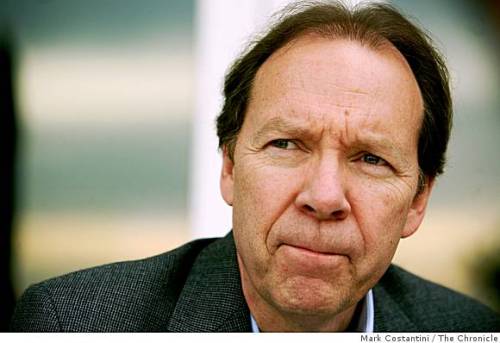
The Wall Street Journal (and TechCrunch) reports that Sprint finally landed the iPhone - but had to bet the company in the process. According to the Journal, Sprint had to commit to buy at least 30.5 million iPhones in order to gain access to the iPhone, and will likely lose money on the deal until 2014.
Sprint hasn’t been profitable since 2006, and is currently losing customers.
To meet their stated four-year, 30.5 million iPhone commitment, Sprint will have to double it’s number of customers or convert all of their 33 million post-paid subscribers to the iPhone.
According to those at Sprint, they need the iPhone to compete with AT&T and Verizon, the top two carriers. CEO Dan Hesse said the lack of the iPhone “is the Number 1 reasons customers leave or switch.”
But let’s take a step back: Dan Hesse cites one metric, cancellation rate, which serves as the justification for acquiring the iPhone which requires them to double their number of subscribers.
While Sprint owns key numbers, like customer service, that hasn’t translated into increased customer acquisition. That’s the metric that matters for Sprint. Will bringing the iPhone on-board double their customer base?
Stated that way, it seems unlikely. The iPhone is available on other major carriers that have subscribers locked in for two years. And is Sprint’s value proposition good enough to poach 30 million subscribers in four years? Time will tell, but my gut says no.
By focusing on the wrong metric, customer cancellation, Sprint has the bet the farm on the wrong hand. Getting the iPhone was critically important for Sprint, but they’re coming too late to the party, and paying too high of a price to get in.
And as Credit Suisse’s Jonathan Chaplin notes, “five years ago the Motorola Razr was the top-selling phone. Imagine trying to sell six million of them today.”
Inspiration for this post comes from this post by Jason Cohen of A Smart Bear.